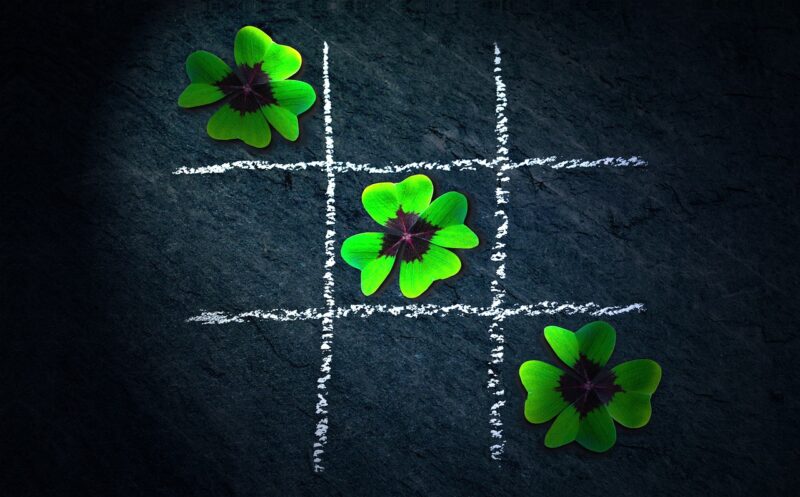The Short-Lived Popularity of Pogs and Why Kids Were Obsessed with Them
November 15, 2024

Pogs, the iconic cardboard discs that took the world by storm in the 1990s, represent a fascinating moment in children’s culture. Emerging from Hawaii as a simple game with roots in gambling, it quickly transformed into a full-blown craze that captured the imaginations of kids worldwide. But how did these seemingly ordinary discs become synonymous with youth culture, and why did their popularity fade away just as quickly as it rose? In this article, we’ll delve deep into the world of Pogs, exploring how they became a phenomenon and the reasons behind their brief life span.
1. The Origins of Pogs
Pogs originated from a simple game played in Hawaii using the caps from bottles of passion fruit juice, commonly known as ‘Pog.’ The traditional game involved players stacking these caps and then attempting to flip them using a heavier disc called a “slammer.” As the game gained popularity, it was commercialized in the early 1990s with the production of colorful, cardboard discs featuring various characters and designs, catering to young audiences.
The brand POG was quickly trademarked, leading to a nationwide phenomenon in the United States, as well as in several other countries. Many kids were drawn into the game’s simple premise mixed with the appeal of collecting beautifully designed discs.
2. The Rise of Pogs as a Cultural Sensation
Pogs exploded into the mainstream in the mid-90s, fueled by marketing campaigns and TV ads. The accessibility of the game attracted children of all ages, and within a short span, it became the playground craze.
A. Collectability: The Catalyst for Obsession
One of the reasons kids became obsessed with Pogs was the thrill of collecting them. With thousands of designs available, featuring everything from cartoon characters to pop culture icons, kids were eager to expand their collections. Limited edition sets and collaborations with shows like “The Simpsons” and “Power Rangers” further heightened this frenzy, turning Pogs into a sought-after commodity.
B. Competitive Gameplay
The competitive aspect added to its appeal. Kids would gather at playgrounds or after school to challenge each other in epic Pog matches. The basic rules revolved around flipping as many Pogs as possible from a stack, with winners keeping the discs. This competitive nature created a social aspect that was crucial to its popularity.
3. The Decline of Pogs: What Went Wrong?
Despite their initial success, Pogs began to decline in popularity by the late 1990s. The decline can be attributed to several factors that contributed to the waning of interest.
A. Market Saturation
As Pogs grew in popularity, the market became oversaturated, with countless companies jumping on the bandwagon to produce their versions of the game. This led to a dilution of quality and creativity, resulting in less demand for the product. Kids began to lose interest as the market was flooded with designs that lacked originality.
B. Changing Interests and Advances in Technology
The late 90s also saw the rise of video gaming as a dominant force in children’s entertainment. Consoles like the PlayStation and Nintendo 64 became household staples, leading to a shift in how kids interacted with their peers. The excitement and immersive experiences provided by video games took precedence, leaving behind simpler pastimes like Pogs.
C. School Bans and Controversies
Due to the competitive nature and potential for gambling-like behavior, many schools began banning Pog playing from playgrounds. This move discouraged kids from participating in Pog-related activities, leading to a further decline in interest and a lack of places to play the game.
4. The Cultural Legacy of Pogs
Although Pogs faded into obscurity by the end of the decade, their impact on child culture during the 90s was significant. They still hold a nostalgic place in the hearts of many who grew up during that period. Pogs teach an important lesson about trends in youth culture; they can be intense and pervasive, yet short-lived.
A. The Lessons of Fads
The rise and fall of Pogs highlights how quickly interests can change. It serves as a reminder for marketers and manufacturers about the importance of adaptation and timely innovation in an ever-evolving marketplace.
B. The Nostalgia Factor
In recent years, there has been a resurgence of interest in 90s collectibles, and Pogs have made a nostalgic comeback among those looking to relive their childhoods. Online auctions and retro toy stores have seen a spike in Pog trading, reinforcing the idea that what once was can find a new audience years later.
5. Conclusion: A Brief Yet Memorable Phase
While Pogs may have been a short-lived trend, they still represent a significant chapter in the history of children’s games and collectibles. Their rapid rise to fame followed by a swift decline illustrates the unpredictable nature of youth culture.
Ultimately, Pogs serve as a reminder of simpler times and the importance of collecting, competition, and social interaction within childhood. The frenzy surrounding them, albeit brief, reflected the joy and creativity of the kids who played. Though they may momentarily vanish from the market, the allure of collectibles continues to thrive in various forms, keeping alive the essence of Pogs in a digital age.








